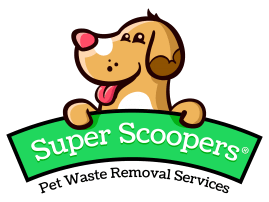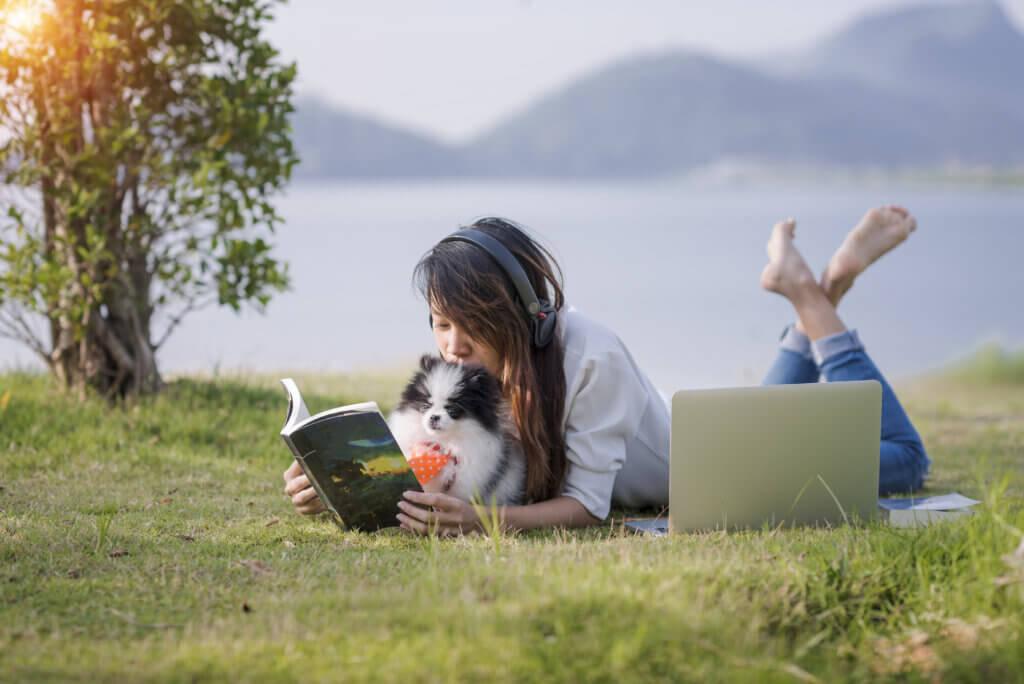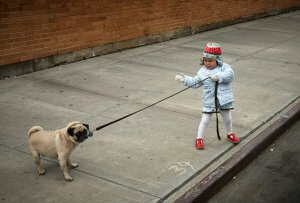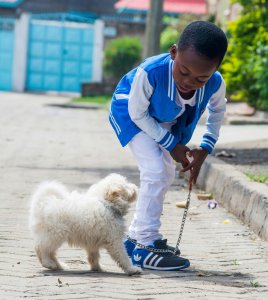All to Know About Dogs and Kids
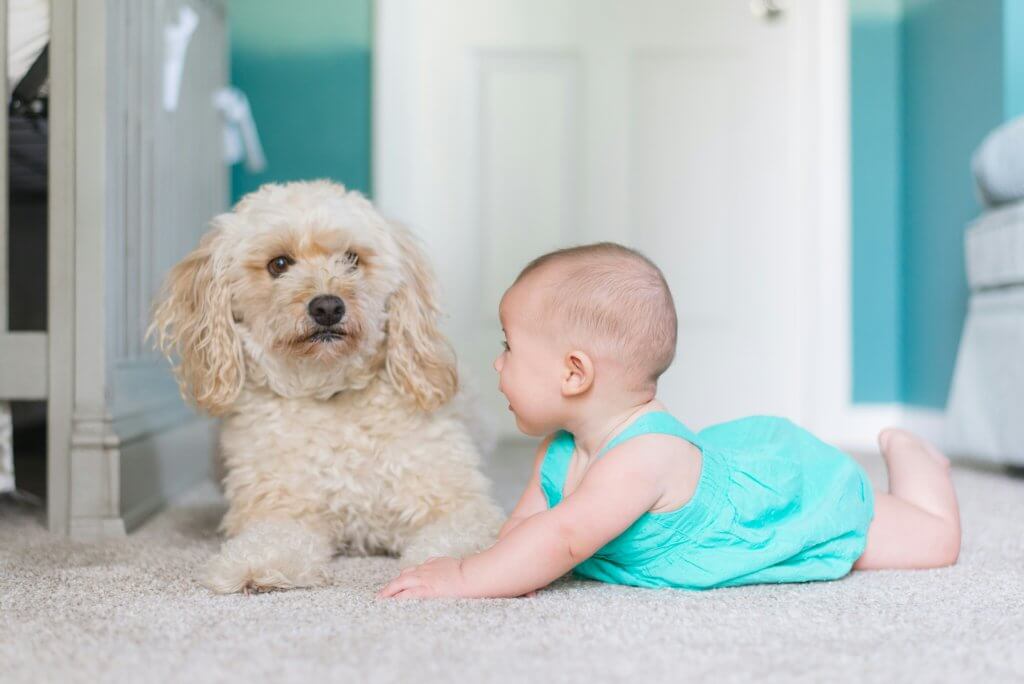
There is something really special about dogs and kids. There is a sweet, innocent bit of playfulness when they are together.
But there is also a bit of danger.
According to Patricia McConnell, “Estimates of the number of bites to children in the U.S range all over the place, but most put the number somewhere around 2 million. About a quarter of those require medical care. According to a study published through NIH, most dog bites to children are to the face, and almost 90% of the recipients were familiar to the dog.”
This is why it is crucial and necessary to prepare your kids for life with a dog.
Use the following tips to ensure a safe, healthy, and fun relationship.
Always Supervise Dogs and Kids
The first and most important tip for dealing with dogs and kids is always to supervise.
Even sweet dogs can become overwhelmed by children and act out.
For example, The Dog People claim, “We have been led to believe breeds like Labs or Golden Retrievers are “great family dogs,” […] but ironically, “Labrador Retrievers are the most common breed for dog bites.”
Kids need a responsible adult to step in when they may be upsetting a dog.
Parents need to enforce safe boundaries to keep both dogs and kids safe.
Enroll Your Dog in an Obedience Class
If you are bringing a dog into your home that hasn’t been trained, such as a puppy, you should enroll him in an obedience class.
Learning basic commands will go a long way toward fostering healthy relationships.
It is also important to teach your kids how to use these commands properly.
[Related Read: What You Need to Know About Dog Obedience Training]
Avoid High Pitched Noises and Fast Actions
Kids can be loud. They often use high-pitched voices and yell.
These loud noises can make a dog feel like they are in danger.
Additionally, kids tend to move quickly and are a bit rough.
Again, these actions can alert the dog to danger.
Teaching kids how to safely interact with a dog by speaking quietly and acting gently is critical.
Discourage rough play, chasing, and yelling.
Dogs Are Possessive
Most adults know that dogs are possessive – and this is usually because we have experienced a dog acting possessively when we got a little too close to his food bowl.
Explain that dogs are possessive about their food and that kids should never try to get between them and their food.
Talk to Kids About Dog Health
Speaking of food, make sure your kids understand that treats are only to be given for specific reasons.
Some children will realize they can get the dog’s attention with treats.
Over time, this will cause your dog to be overweight and unhealthy.
Make sure your kids know that obese dogs will experience many health issues and possibly die at a younger age.
Teach Signs of Dog Anxiety
An anxious dog is a dangerous dog. Anxiety can make them nip or bite.
The Dog People suggest teaching kids to look for these warning signs:
- Freezing/hunching or rounding of the back
- Avoidance, or trying to remove themselves from the situation
- Cowering under furniture or hiding behind an adult
- Growling, snarling, lunging, or baring teeth
- Lip licking and yawning
- Holding or “pinning” ears
- Flagged tails (tail up at attention) or between their legs
- Raised fur or hackles
If your dog is showing signs of anxiety, you need to give them some space and remove your child from their presence.
Encourage Dogs and Kids to Bond
While you may expect your child to bond with your dog immediately, that isn’t always the case.
They will need to get used to each other.
You can help strengthen their bond by encouraging them to do things together, such as walking the dog and supervising play.
Use PAWS for Dogs in Public
In addition to teaching kids how to treat the family dog, it is also important to teach kids how to interact with dogs they see in public.
Rover, The Dog People, created the PAWS Check-in-First guide to facilitate safe interactions between dogs and kids in public.
- Teach the child to pause before approaching a dog or cat.
- Have the child (or child’s guardian) ask for permission to pet the animal.
- Have the child wait for permission from the pet’s guardian. If permission is granted…
- Have the child gently offer a hand for a sniff check by the pet to determine if they are willing to interact.
Super Scoopers love dogs and kids; we strive to keep yards clean and safe for both. If you haven’t already signed up for regular poop scooping, now’s the time!

